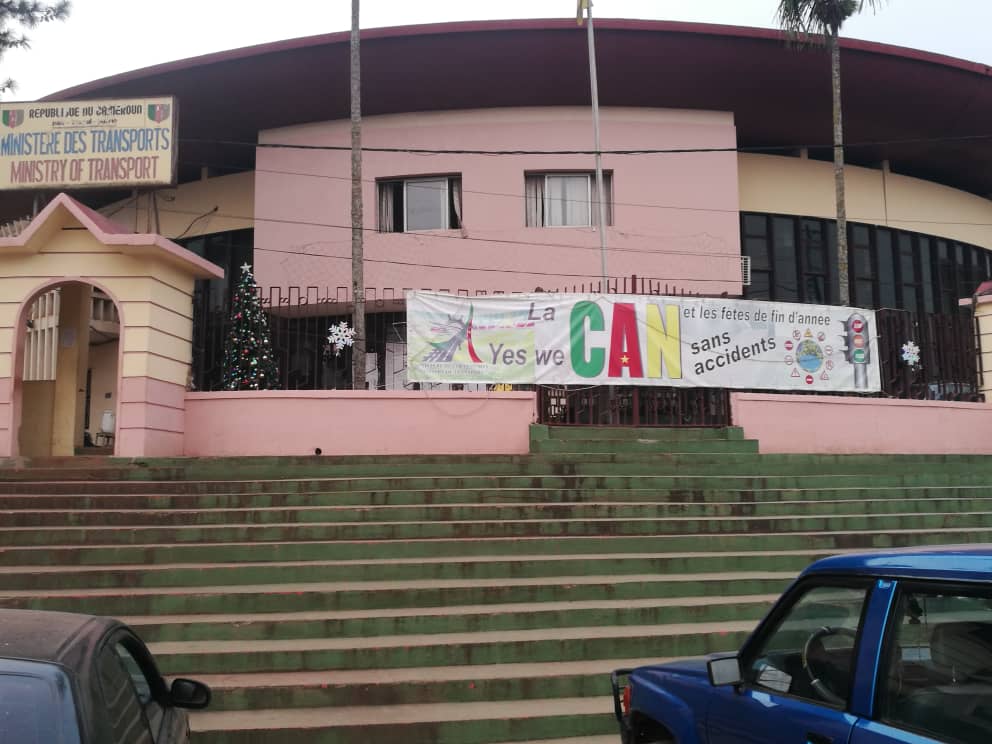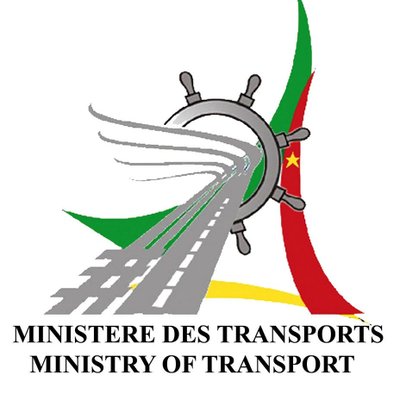Department of National Meteorology
The meteorological services in Cameroon are managed by the Ministry of Transport which has a National Meteorological Directorate and a budget of 8.5 billion (2012). Their function is to give indications on climate, rainfall, air and soil humidity, wind speed and direction, temperature, sunshine ... in short, everything that helps to give an idea of the present and future weather. To do this, weather stations are installed in different parts of the country and equipped with specialized measuring devices called meteorological data. Apart from air transport, for which meteorological data is indispensable, agriculture is one of the main users of weather forecasts in that it would allow the exact determination of the agricultural calendar. It does not charge any fees. The financial resources resulting from possible data sessions or from the services are fully paid into the Consolidated Revenue Fund, which operates under the the principle of the uniqueness of the boxes. The charges from the aeronautical sector are managed by ASECNA and CCAA.

Products and services
General services for the general public
These are weather forecast bulletins that contribute to the protection of property and persons, and which are part of the public service provided by the State which are just to name a few:
-
Decadal and Monthly Agro-Meteorological Bulletin ;
-
The Phytosanitary Risk Forecast Bulletin ;
-
Yield Forecasts ;
-
Meteorological Bulletin for Livestock ;
-
Vegetation Monitoring ;
-
Impacts of Weekly Weather Forecasts and Impacts Bulletin ;
-
10-day or Decadal Climate Bulletin ;
Special Services for Individuals and Specific Organizations
-
Données et analyses climatologiques demandées par des particuliers ou des entreprises dans le cadre de la planification et de l'exécution de certains travaux ;
-
Bulletins de prévisions spécifiques établis sur demande ou dans le cadre des accords de partenariat ;
-
Mécanismes de diffusion.
Pour atteindre sa cible, le DMN utilise de multiples canaux de diffusion : télévision, radio, internet, affiches et même courriers administratifs.
-
Monthly Climate Diagnostic Bulletin
-
Drought (Rainfall deficit) Bulletin
-
Bulletin sur l'apparition et le suivi des saisons ;
-
Annual Climate Report
-
Biweekly Humidex Weather Forecast Bulletin
-
Climate Health Bulletin
-
Weather Forecasts and Impacts Bulletin ;
-
Daily Numerical Weather Forecasts Bulletin
-
Alertes sur l'état du temps ;
-
05-day Numerical Weather Forecast Bulletin
This category also includes requests for data made by administrations.
Historical Background
The DNM of Cameroon was created during the colonial period, that is when Cameroon was still under French mandate. It was initially headed by appointed French officials but it was only after independence that the DMN was entrusted to Cameroonian engineers appointed by presidential decrees (https://lecamerounaisinfo.com/Historique-de-la-Direction).
The first Cameroonian engineer to occupy this position (from 1962 to 1967) was Mr. Mandengue Epoh. The Ministry of Public Works and Transport, now the Ministry of Transport, had exclusive responsibility for the provision of meteorological information necessary for the safety of people and property.
Since the signature by Cameroon, in October 1974, of the convention known as "Dakar Convention", and after several amendments to the said convention, the Agency for the Safety of Air Navigation in Africa and Madagascar (ASECNA) is responsible for providing on behalf of Cameroon, aeronautical meteorological services at the aerodromes of Douala, Yaoundé-Nsimalen, Garoua and Ngaoudéré. Following the signingof a special contract with ASECNA, Cameroon had also entrusted the Agency with the exploitation of part of its national meteorological observation network, which included 16 meteorological observation stations, in accordance with the terms of Article 10 of the Dakar Convention (https://www.ccaa.aero/index.php/fr/espace-informations-grands-dossiers/52-65-ans d-aviation-civile-au-cameroun-fr/268-meteorologie-aeronautique-l-indispensable-outil-neglige).
Meteorological assistance to air navigation (provision of meteorological information to operators, air traffic services organizations, search and rescue organizations, airport management and other organizations interested in the management and development of air navigation) was the main activity of this structure. This explains the fact that, in 2009, the DNM was located in Douala, which was already the main air and even maritime gateway to Cameroon. Due to political and centralization purposes, the current DNM is located in Yaounde and has added other activities to its ark which will be presented in the section that follows.
The provision of meteorological data in Cameroon is also framed by the text following the Prime Minister’s regulations. Decree No. 93/700/PM of 11 November 1993 fixing the tariffs of Meteorological Information and Meteorological Publications states in Article 2 that: "The DNM is the only one authorized to provide meteorological information collected over its entire observation network". This decree confers a competence exclusive for the provision of meteorological data to the DMN (except for the concessions and collections for personal use).

Missions
From the Decree Extract N°2012/250 of June 1st, 2012 on the organization of the Ministry of Transport, according to article 59, the DMN under the supervision of a Director is responsible for:
Development
- The development and implementation of the government’s meteorological policy;
- the elaboration of climatological information ;
- the elaboration of weather forecasts;
Collections
- the collection, processing and dissemination of meteorological information;
- the exploitation of data transmitted by meteorological networks at the national and inter-national levels;
- the broadcasting of meteorological information ;
Monitoring
- monitoring relations with international and regional meteorological and/or hydro-meteorological bodies ;
- monitoring meteorological and climatological services ;
- monitoring the implementation of conventions and protocols relating to meteorology and the atmospheric environment ;
- monitoring the meteorological watch centers at aerodromes, in relationship with the Aeronautical Authority.



